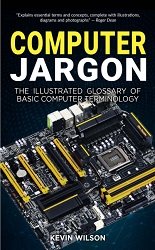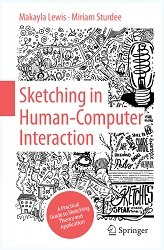 Название: The Tactile Internet
Название: The Tactile InternetАвтор: Tara Ali-Yahiya, Wrya Monnet
Издательство: Wiley-ISTE
Год: 2022
Страниц: 256
Язык: английский
Формат: pdf, epub
Размер: 10.4 MB
The Tactile Internet will change the landscape of communication by introducing a new paradigm that enables the remote delivery of haptic data.
This book provides an introduction to the Tactile Internet and its case studies, with its impact on the democratization of haptic applications based on the IEEE 1918.1 standard through teleoperations. The case studies are based on cutting-edge technologies that enable the deployment of the Tactile Internet. 5G, and recently 6G, Software-Defined Networking, the different learning techniques in the Artificial Intelligence domain, Edge Computing for service proximity, etc. are all factors that will support the successful deployment of the Tactile Internet. This book is a solid contribution to this research area.
In broad terms, the Tactile Internet (TI) can be referred to as the interaction between humans and cyber-physical systems by dropping off the distance and ensuring a communication of the order of few milliseconds. Consequently, this would give the illusion that the remote system is too close, while ensuring that the interaction is occurring in a smooth manner. The TI envisions an extremely low latency along with high availability, reliability and +security that will not only revolutionize the technology market, but will also have a high impact on the lifestyle of people, society and business in terms of the vertical industry, according to the definition from the International Telecommunication Union (ITU).
However, the TI is viewed as a result of a sequence of cumulative cutting-edge technologies that witnessed great success. These technologies may be considered as the foundation upon which the TI is built. These technologies may include, but are not limited to, diver paradigms in mobile and wireless networks, cloud computing, smart computing, Internet of Things (IoT) and robotics. As a result, the TI can be viewed as the fruit of a multi-disciplinary domain, which has contributed to its progress through various engineering approaches and computational methods to make it function properly.
Finally, a teleoperation case study demonstrating an application of the Tactile Internet is investigated to demonstrate its functionalities, architecture and performance.
Contents:
Скачать The Tactile Internet
[related-news] [/related-news]
Комментарии 0
Комментариев пока нет. Стань первым!
















